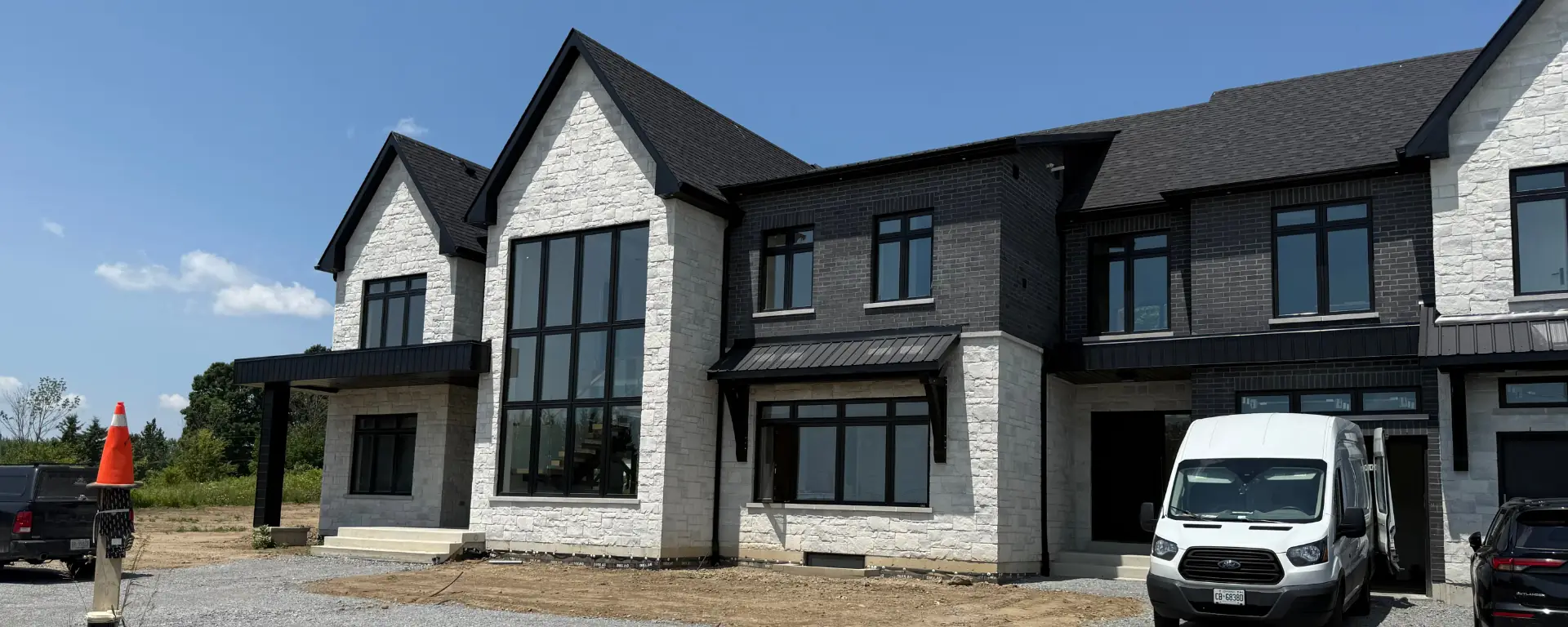
How to Match Paint with Architectural Style
Learn how to match paint with your home’s architectural style discover timeless color pairings that enhance character, balance design, and boost curb appeal.
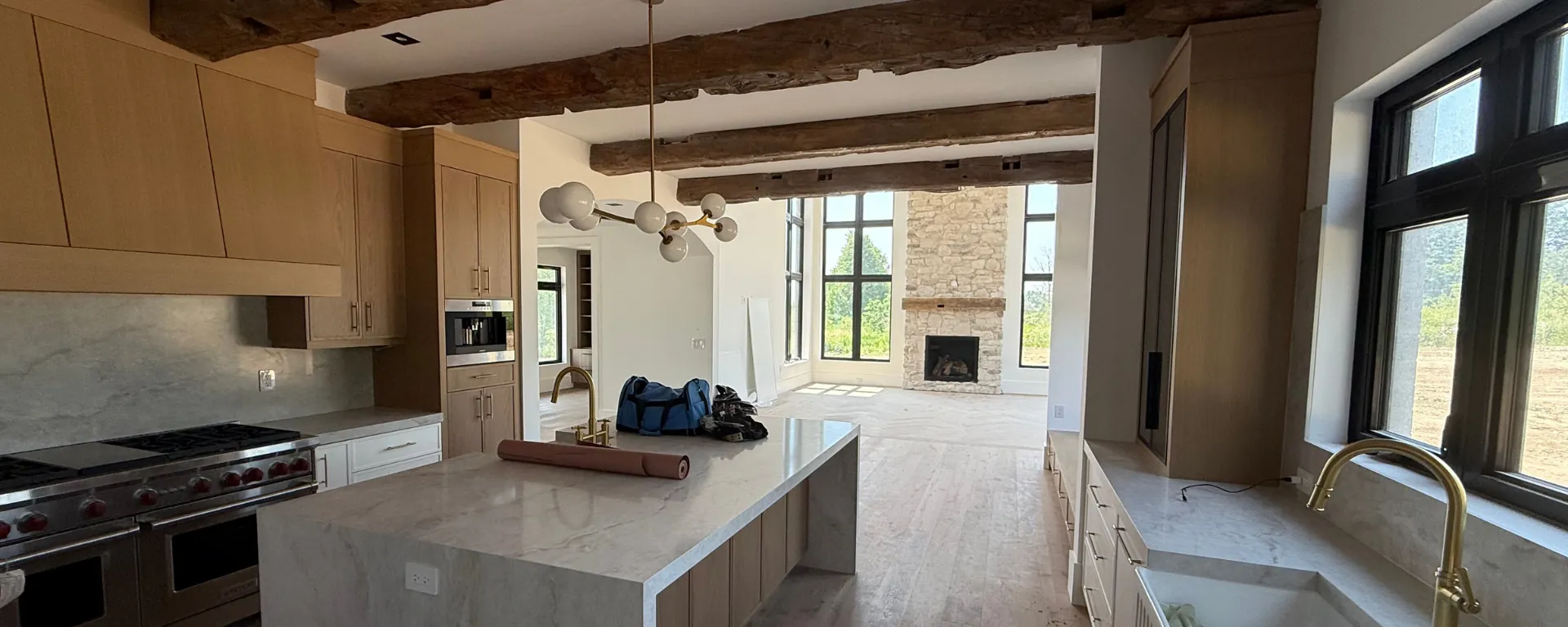
If you notice fading, peeling, cracking, bubbling, chalky residue, or water stains on your walls or exterior, it’s time to repaint. These early signs show that your current paint is losing its protective power. Addressing them early will keep your home looking fresh while safeguarding it from deeper damage.
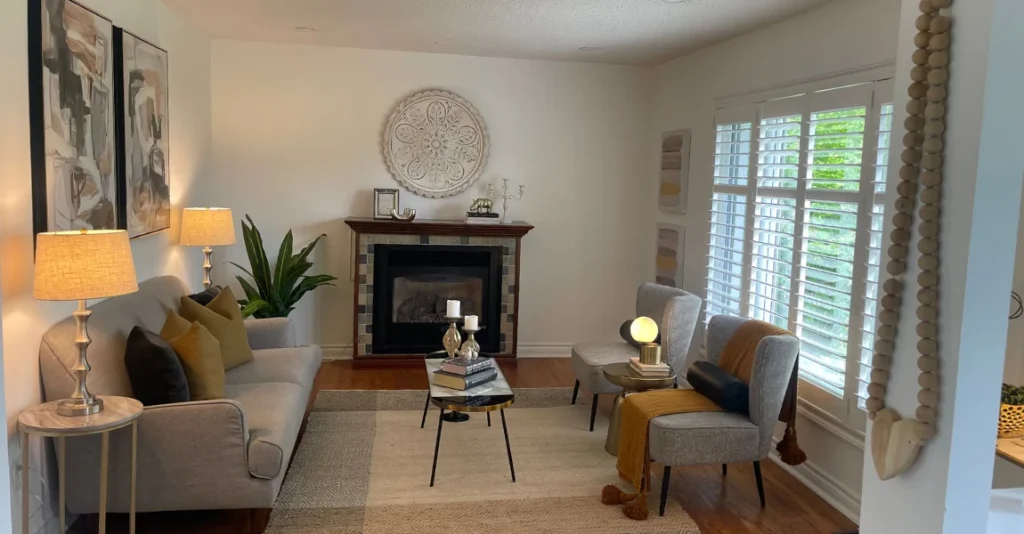
Paint is more than just color it acts as a protective coating. Indoors, it shields drywall and trim from stains and moisture. Outdoors, it guards siding and wood against UV rays, rain, and temperature swings. When paint begins to break down, the underlying material is left exposed. What begins as a small cosmetic flaw can turn into rotting wood, mold growth, or expensive structural repairs. Acting early is far less costly than waiting until surfaces are badly compromised.
One of the most common early indicators that paint is aging is fading. Sunlight gradually breaks down paint pigments, leaving once vibrant colors looking washed out. On exteriors, this is most visible on sun-facing walls. Inside, brightly lit rooms often show fading faster than darker ones.
Fading isn’t just about appearance it signals that the protective elements in the paint are deteriorating. If your color looks dull or touch-ups no longer match, it’s time to consider repainting.
Few things make a wall or exterior look more neglected than cracking or peeling paint. These problems start small, often as hairline cracks, but once the paint film loses adhesion, the issue spreads quickly. Moisture intrusion, poor surface preparation during the last job, or simply the age of the coating can all cause peeling.
Once the paint lifts away, the bare surface beneath is exposed to the elements. Outdoors, that means water can seep into siding or trim, leading to rot. Indoors, it can leave drywall vulnerable to moisture and stains. Cracking or peeling is never just cosmetic it’s a sign the protective barrier has failed.
Bubbles or blisters under paint usually form when moisture gets trapped between the surface and the paint layer. This can happen if paint was applied on a damp surface or if humidity seeped through porous walls. At first, bubbles may look like small raised spots, but over time they burst, leaving ugly patches of bare surface.
If you notice bubbling, it’s best to address it promptly. A professional will not only repaint but also identify and resolve the underlying moisture issue before applying a fresh coat.
If you rub your hand against an exterior wall and come away with a powdery film, your paint is chalking. This happens as the binder in the paint breaks down due to UV exposure, leaving pigment particles on the surface. While some chalking is expected over time, excessive residue means the paint is no longer properly sealing the wall.
Chalking is a clear signal that your exterior needs repainting not just for curb appeal, but to ensure the surface beneath remains protected.
Discoloration, water spots, or dark patches often point to moisture intrusion. Indoors, this may mean a plumbing leak, poor ventilation, or previous water damage. Outdoors, it can result from driving rain or high humidity. Even if the underlying issue has been repaired, the stains will keep bleeding through until the surface is properly primed and repainted.
Mildew or mold growing on painted surfaces is another red flag. Beyond being unsightly, mold can spread and damage both your home and your health. Early repainting combined with treatment and priming keeps the problem from worsening.
The exact timing depends on the environment, surface, and type of paint, but there are general guidelines:
Interior walls: Every 5–7 years, sooner for kitchens, bathrooms, and high-traffic areas.
Exterior siding: Every 5–10 years, depending on weather exposure and material.
Trim, doors, and baseboards: Every 3–5 years, since they endure the most wear.
These timelines are averages, but the real test is watching for the signs listed above. If fading, peeling, or stains are visible, don’t wait schedule a repaint before more serious damage sets in.
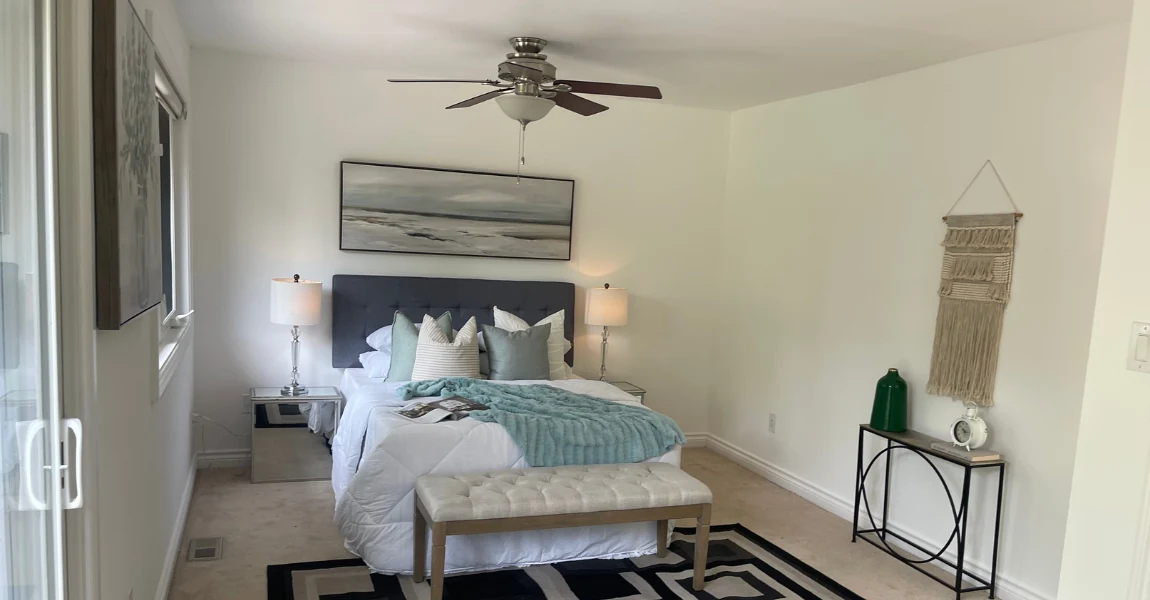
Repainting is more than a cosmetic upgrade it’s part of caring for your home. The early warning signs are there if you know where to look: fading, peeling, bubbling, chalking, and water damage all mean your current paint is wearing out. Acting quickly not only keeps your home looking fresh but also protects the structure beneath, saving you time and money in the long run.
At Guilds Painting, we don’t just paint we preserve, protect, and refresh homes across the GTA with meticulous prep and premium finishes. If you’ve spotted any of these early signs, it’s the perfect time to call in the experts.

Learn how to match paint with your home’s architectural style discover timeless color pairings that enhance character, balance design, and boost curb appeal.

2025 marks a new era of collaboration discover why strategic partnerships between trades are key to stability, growth, and smoother construction projects.
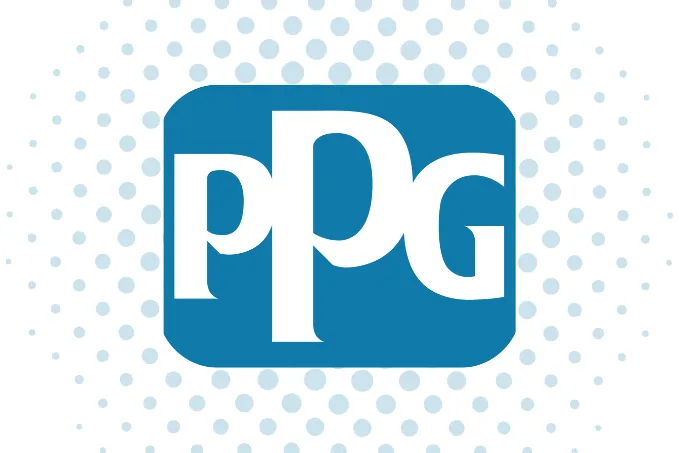
PPG sells its U.S. and Canadian architectural coatings business to American Industrial Partners, reshaping paint brands, pricing, and supply across North America.
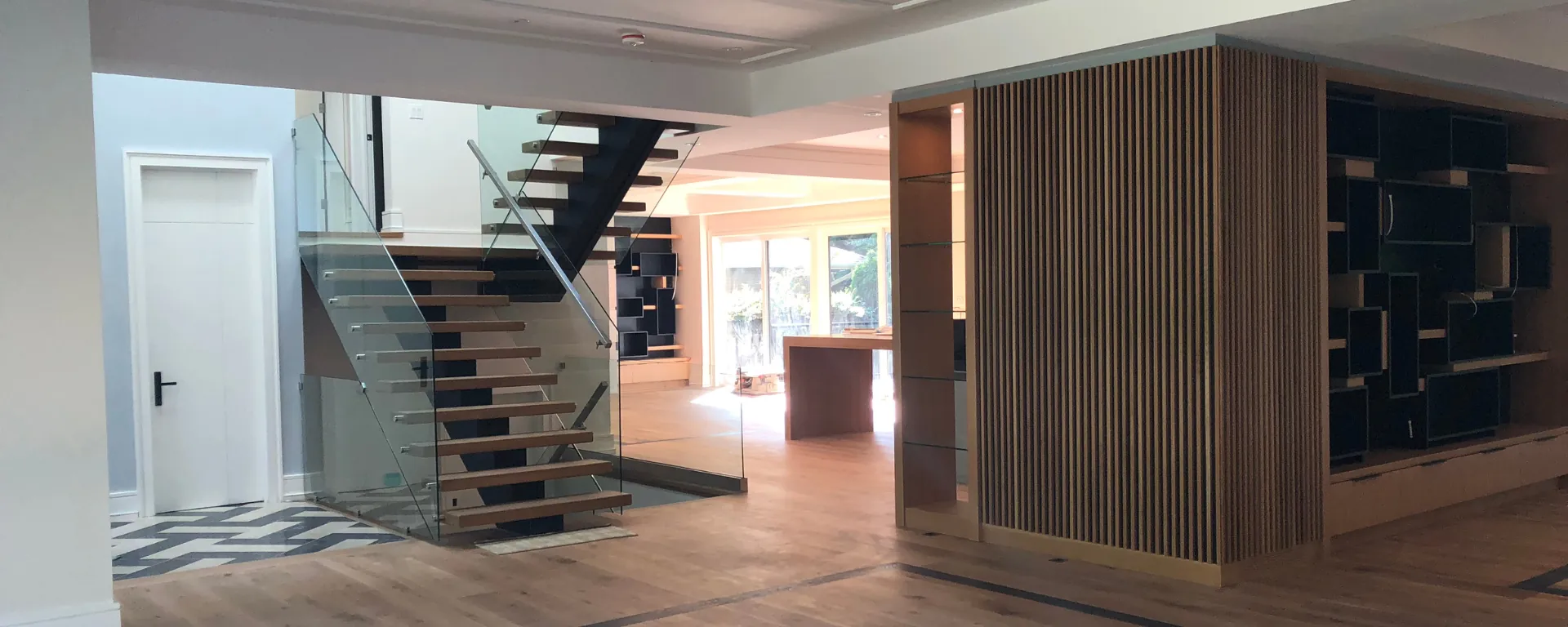
Master surface preparation before painting learn pro tips for cleaning, sanding, patching, and priming to achieve flawless, long-lasting paint results every time.

Discover how to calculate paint quantity accurately for any project save money, avoid waste, and ensure perfect coverage with these simple professional tips.
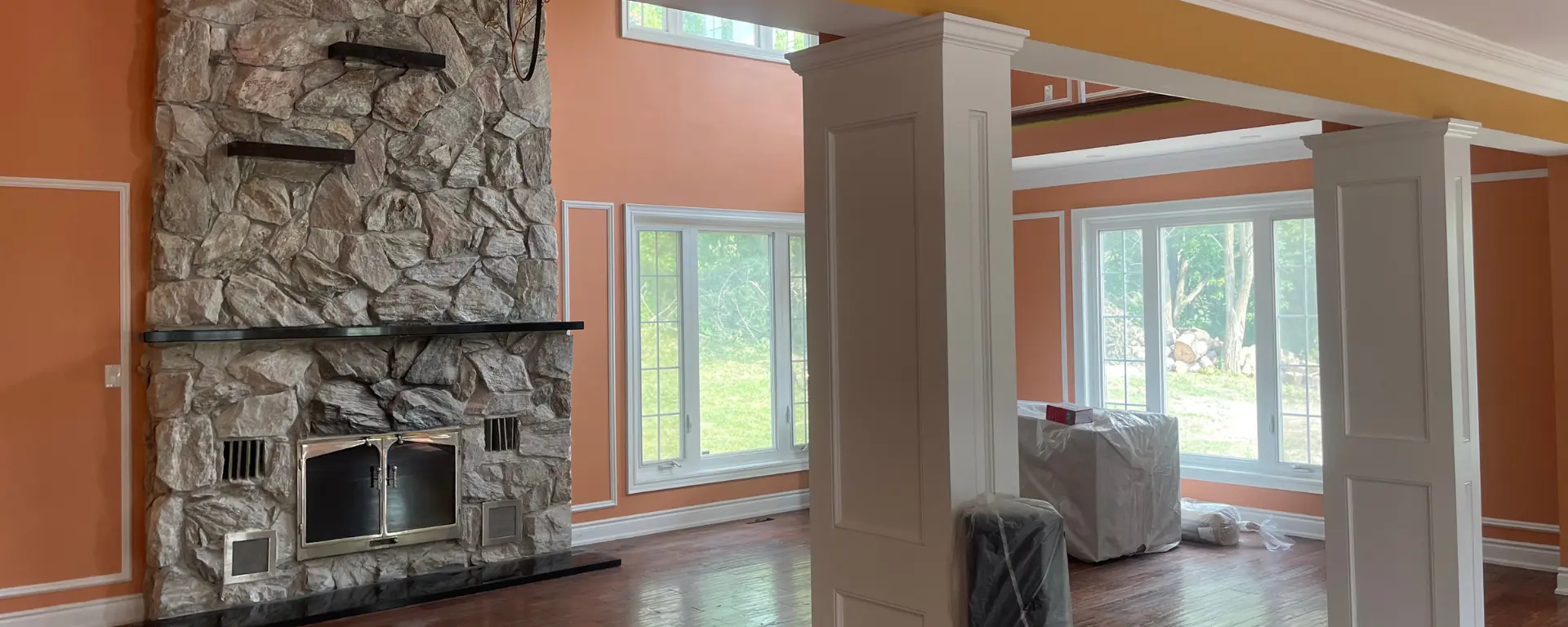
Discover creative ways to use bold colors in your space learn how to balance vibrant tones with neutrals to create depth, personality, and modern style.
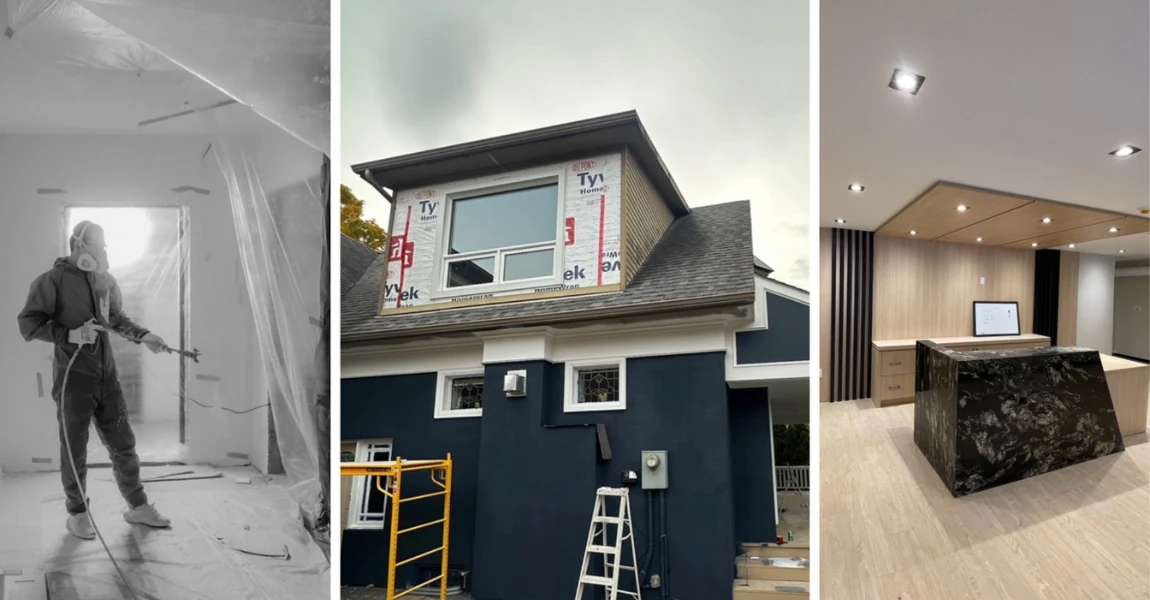
Sherwin-Williams’ revised 2025 profit forecast signals rising costs and shifting demand here’s how it impacts contractors, homeowners, and paint projects ahead.

Understand paint sheen differences learn how matte, eggshell, satin, semi-gloss, and gloss finishes affect look, durability, and the best spaces to use each.
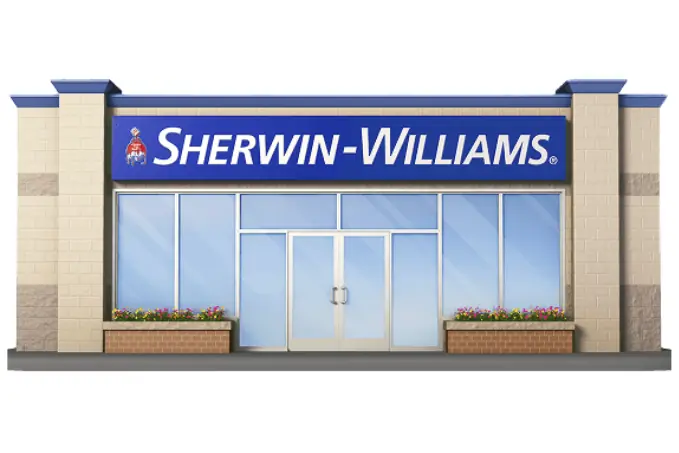
Sherwin-Williams lowers its 2025 profit forecast amid soft demand what this means for paint prices, contractors, and the future of the coatings industry.
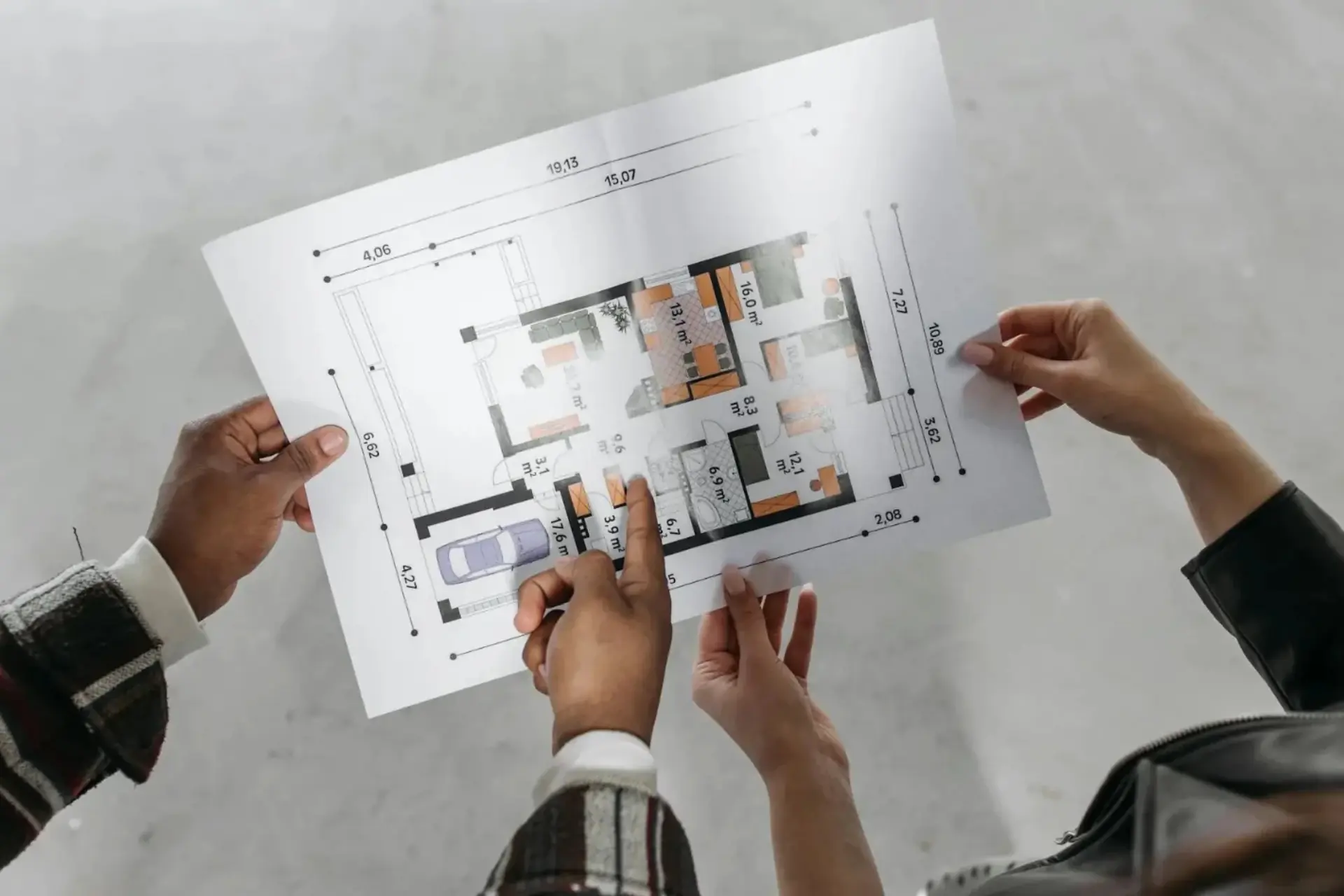
Unravel the complexities of house painting costs with our detailed guide. Discover what factors influence both interior and exterior painting expenses and how to budget for your project.
Fill out the form below and we’ll be in touch to discuss your painting needs, answer your questions, and provide a clear quote for your project.